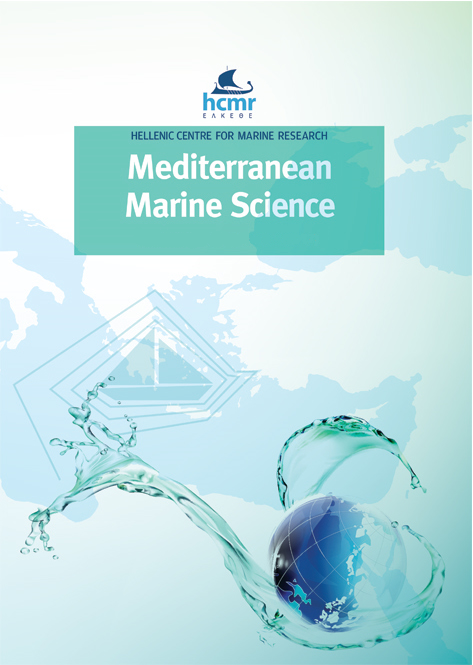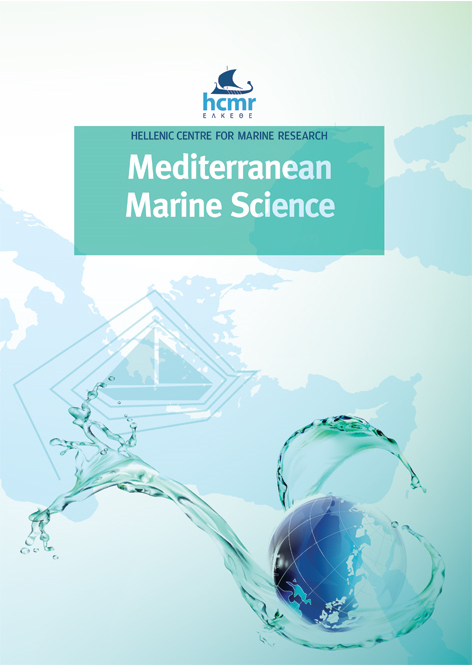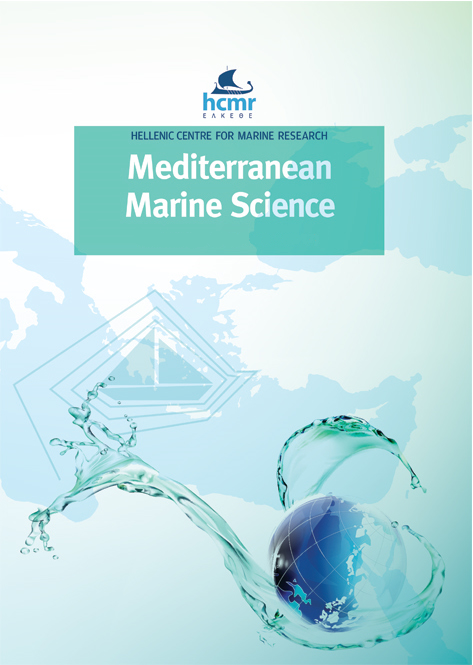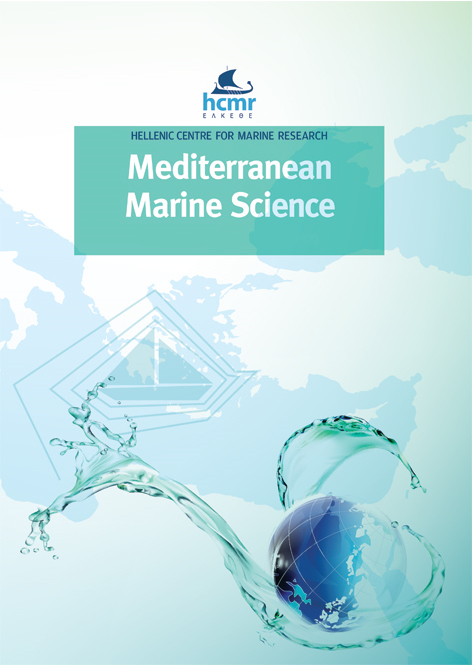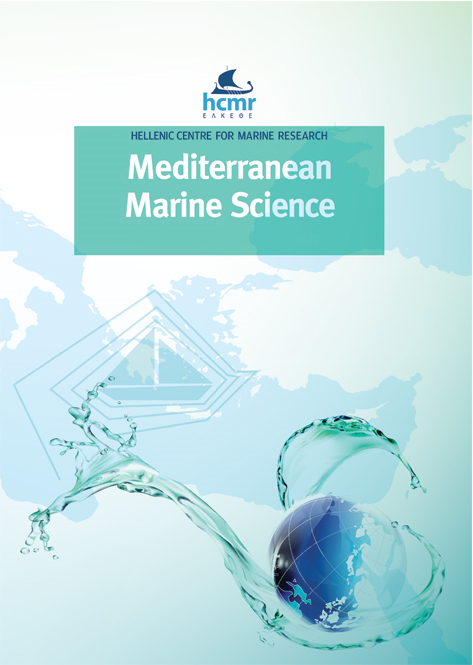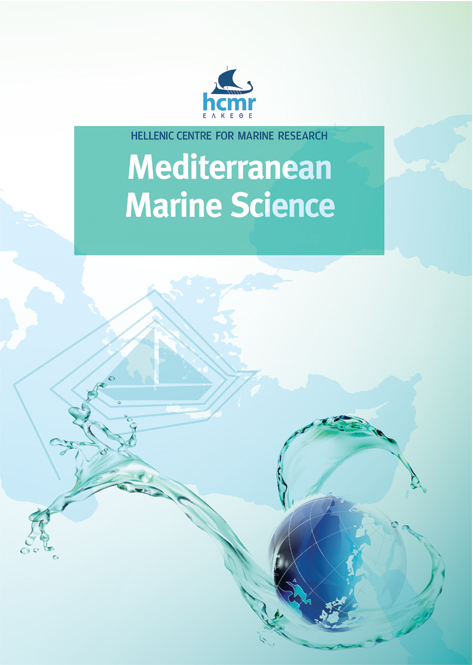Comparing sessile benthos on shallow artificial versus natural hard substrates in the Eastern Mediterranean Sea
Περίληψη
Artificial structures cover a considerable part of the Mediterranean coasts. In the Aegean Sea, most studies related to artificial structures have focused in vagile fauna on harbors and marinas but little attention has been given to the sessile biota on coastal defense structures. The aim of this work was to describe for the first time the shallow sublittoral sessile benthos on coastal defense structures in Crete (Eastern Mediterranean Sea) in order to identify potential differences in comparison to natural rocky substrates, adopting both a taxonomic and functional (i.e. macroalgal structural complexity) approach. Three shallow (1-3 m) localities were studied in the north coast and three in the south coast of the island (six localities in total). At each locality, two types of hard substrate were selected: an artificial coastal defense structure (rip-rap) and the nearest natural rocky substrates. The percent cover of sessile taxa was calculated using random points counts over photoquadrats (20 x 20 cm). The structure of the assemblage differed between artificial and natural habitats. Values of Shannon-Wiener’s diversity index and number of taxa were higher in natural substrates. In addition, cover of arborescent macroalgae was lower on artificial substrates. In conclusion, rip-raps do not function as surrogates of natural hard substrates in the study area since their shallow subtidal assemblages differ in terms of community structure, diversity and functionality. The deficient performance of such artificial structures could be attributed to the combined effects of abiotic factors and biotic processes, including substrate nature and roughness as well as differential grazing pressure.
Λεπτομέρειες άρθρου
- Πώς να δημιουργήσετε Αναφορές
-
SEDANO, F., FLORIDO, M., RALLIS, I., ESPINOSA, F., & GEROVASILEIOU, V. (2019). Comparing sessile benthos on shallow artificial versus natural hard substrates in the Eastern Mediterranean Sea. Mediterranean Marine Science, 20(4), 688–702. https://doi.org/10.12681/mms.17897
- Ενότητα
- Special Issue MEDIAS
Authors who publish with this journal agree to the following terms:
- Authors retain copyright and grant the journal right of first publication with the work simultaneously licensed under a Creative Commons Attribution Non-Commercial License that allows others to share the work with an acknowledgement of the work's authorship and initial publication in this journal.
- Authors are able to enter into separate, additional contractual arrangements for the non-exclusive distribution of the journal's published version of the work (e.g. post it to an institutional repository or publish it in a book), with an acknowledgement of its initial publication in this journal.
- Authors are permitted and encouraged to post their work online (preferably in institutional repositories or on their website) prior to and during the submission process, as it can lead to productive exchanges, as well as earlier and greater citation of published work (See The Effect of Open Access).

